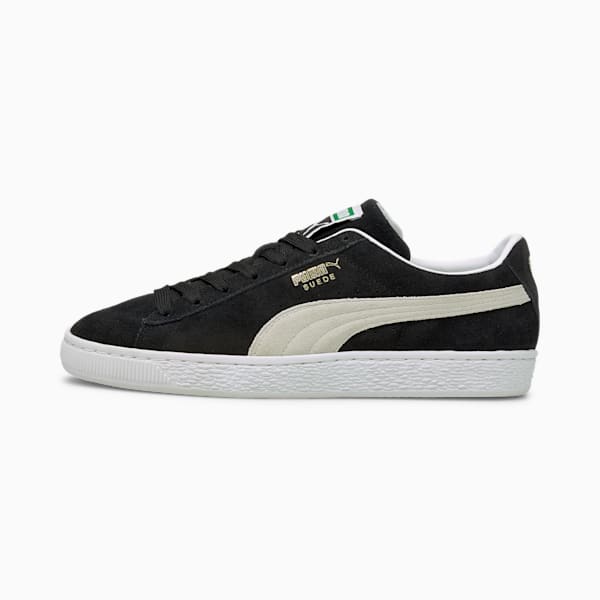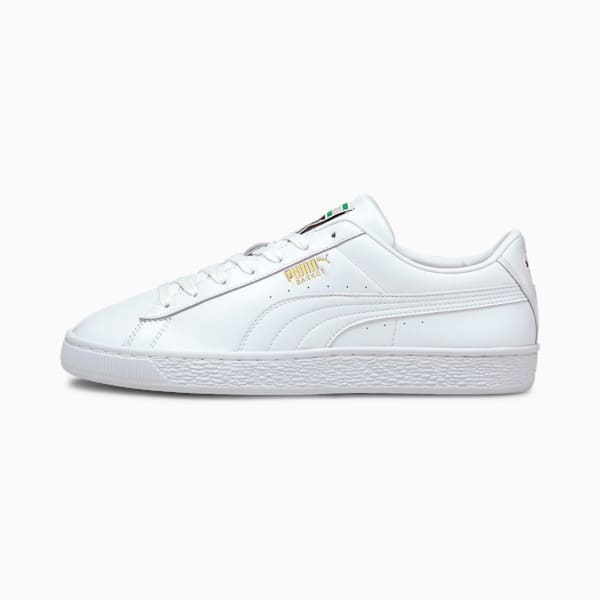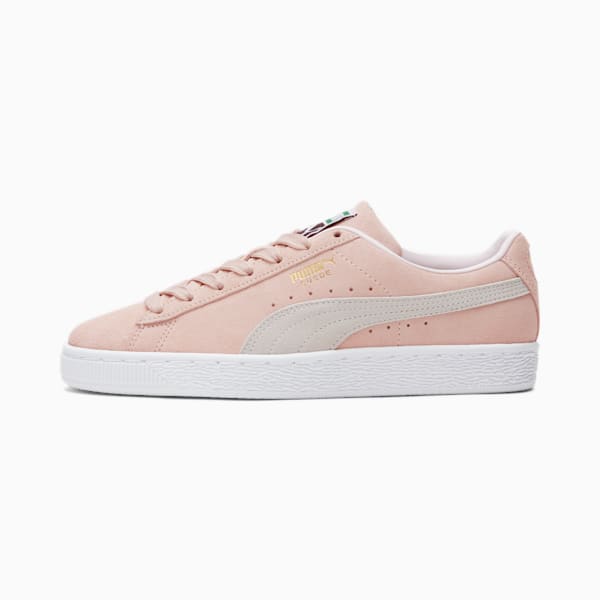If you have plantar fasciitis, there's no doubt you've been told to stay away from sandals, but some doctors are calling this advice unscientific.
In fact, many professional athletes make it a point to wear sandals when they're playing soccer. The upshot? The jury is still far from out on whether or not sandals should be worn while suffering from plantar fasciitis pain.
Although most agree that sandals have helped millions of people, including myself, there are still a few major questions surrounding the issue.
Our conversation with Dr. Neil Grigg, director of the Advanced Foot and Ankle Department at the University of California at Los Angeles, will determine whether or not you should wear sandals when suffering from plantar fasciitis.
Dr. Grigg has an impressive track record of treating athletes with plantar fasciitis and is in extremely good standing with both athletic trainers and physicians across the country.
Are Chacos Sandals Good For Plantar Fasciitis?
Let's be honest, there are few items of clothing as iconic as Chaco's sandals. They have a presence in our culture that is unparalleled in its longevity. Each year, people come together and wear them for all of the right reasons.
The sandals are meant to be used on-trail and are often referred to as "the most comfortable boots".
What most people don't know, however, is that Plantar Fasciitis makes wearing Chaco's uncomfortable or even potentially painful. If you've felt these symptoms yourself or know someone who has had them, here's a list of five things you can do to care for your plantar fascia when running in these sandals:
1) Wear the shoes on an incline first before wearing them flat-footed.
Typically, your plantar fascia is stretched when running up a steep incline. When you wear Chacos flat-footed for the first time after being on an incline, you can strain the tendons. Incline uses your calf muscle to help stretch your plantar fascia which will prevent injury.
2) Stretch and rest!
Plantar Fasciitis works best as a full body treatment, not just something that affects the feet. Make sure you are doing other things to help your body recover from long days of hiking and running. Yoga, stretching and massage are great ways to do this.
3) Stretch Your Plantar Fascia Everyday
The more you stretch, the healthier your fascia will be. Aim to stretch your calves and plantar fascia every day.
4) Get a custom made orthotic created for your foot
While this can be costly and is not always covered by insurance, they are almost always worth it! Custom made orthotics can drastically change the way your shoes fit and feel. If you are able to get a pair of Chacos that fit well before Plantar Fasciitis sets in, then replacing them with custom orthotics will prevent pain from starting in the first place.
Are They Specifically Designed For Comfort?
A lot of runners have a dilemma where they want to find shoes that are comfortable enough, but also durable and fast. In the past, you had to buy shoes that were one type or the other.
But now, running shoe companies are coming out with models specifically designed for comfort and just as fast. The best thing about these new models is that they have a wide range of features.
These features make it so that runners who are on their feet for long periods of time can run without pain while remaining comfortable.




















